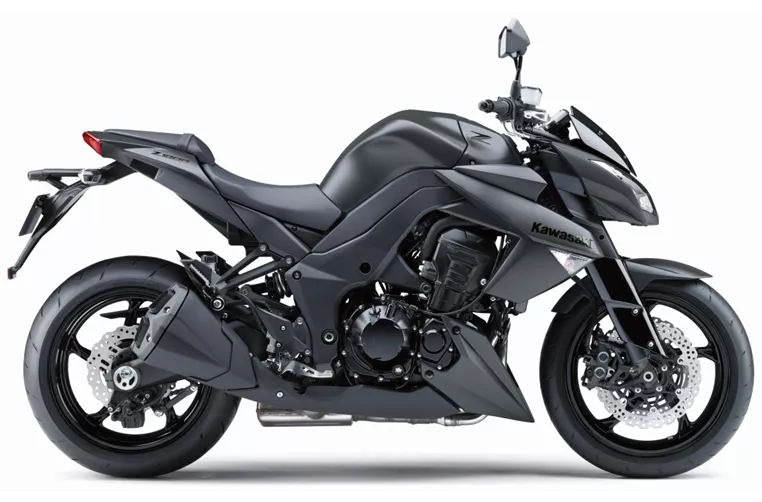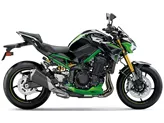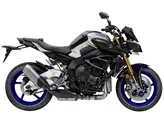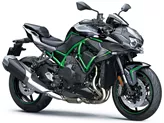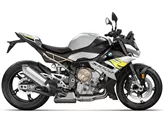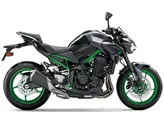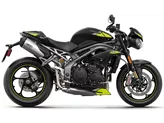Yamaha MT-10 SP 2019 vs. Kawasaki Z1000 2013

Yamaha MT-10 SP 2019

Kawasaki Z1000 2013
Overview - Yamaha MT-10 SP 2019 vs Kawasaki Z1000 2013
In terms of technical specifications, both the Yamaha MT-10 SP 2019 and the Kawasaki Z1000 2013 have similar engine types, cooling systems, and cylinder configurations. However, there are notable differences in their engine power and torque. The Yamaha MT-10 SP 2019 boasts a more powerful engine with 160 HP compared to the Kawasaki Z1000 2013's 138 HP. Similarly, the Yamaha MT-10 SP 2019 has a higher torque of 111 Nm compared to the Kawasaki Z1000 2013's 110 Nm. This indicates that the Yamaha MT-10 SP 2019 may offer better acceleration and overall performance.
Both bikes feature upside-down telescopic forks for their front suspension, with adjustable compression, preload, and rebound settings. This allows riders to fine-tune the suspension to their preferences and riding conditions. The rear suspension on both bikes also offers the same adjustment options.
In terms of the chassis, both the Yamaha MT-10 SP 2019 and the Kawasaki Z1000 2013 feature aluminum frames. However, the Yamaha MT-10 SP 2019 utilizes a Deltabox frame, which is known for its rigidity and stability, while the Kawasaki Z1000 2013 has a double cradle frame. The Deltabox frame on the Yamaha MT-10 SP 2019 may provide better handling and cornering capabilities.

Yamaha MT-10 SP 2019
Both bikes have double disk brakes on the front, ensuring efficient and reliable stopping power. The front and rear tire widths and diameters are also the same for both models, with 120 mm width and 17-inch diameter for the front tire, and 190 mm width and 17-inch diameter for the rear tire.
In terms of dimensions and weights, the Yamaha MT-10 SP 2019 has a slightly shorter wheelbase of 1400 mm compared to the Kawasaki Z1000 2013's 1440 mm. The seat height of the Yamaha MT-10 SP 2019 is slightly higher at 825 mm compared to the Kawasaki Z1000 2013's 815 mm. Additionally, the Yamaha MT-10 SP 2019 has a larger fuel tank capacity of 17 liters compared to the Kawasaki Z1000 2013's 15 liters.
Moving on to the strengths of each bike, the Yamaha MT-10 SP 2019 offers an unconventional sound, thanks to its high-quality chassis and suspension. It also provides pleasant wind protection and a surprisingly comfortable seating position. The engine response of the Yamaha MT-10 SP 2019 is also highly regarded.
On the other hand, the Kawasaki Z1000 2013 is praised for its powerful engine and rich sound. Its unique design also sets it apart from other naked bikes.
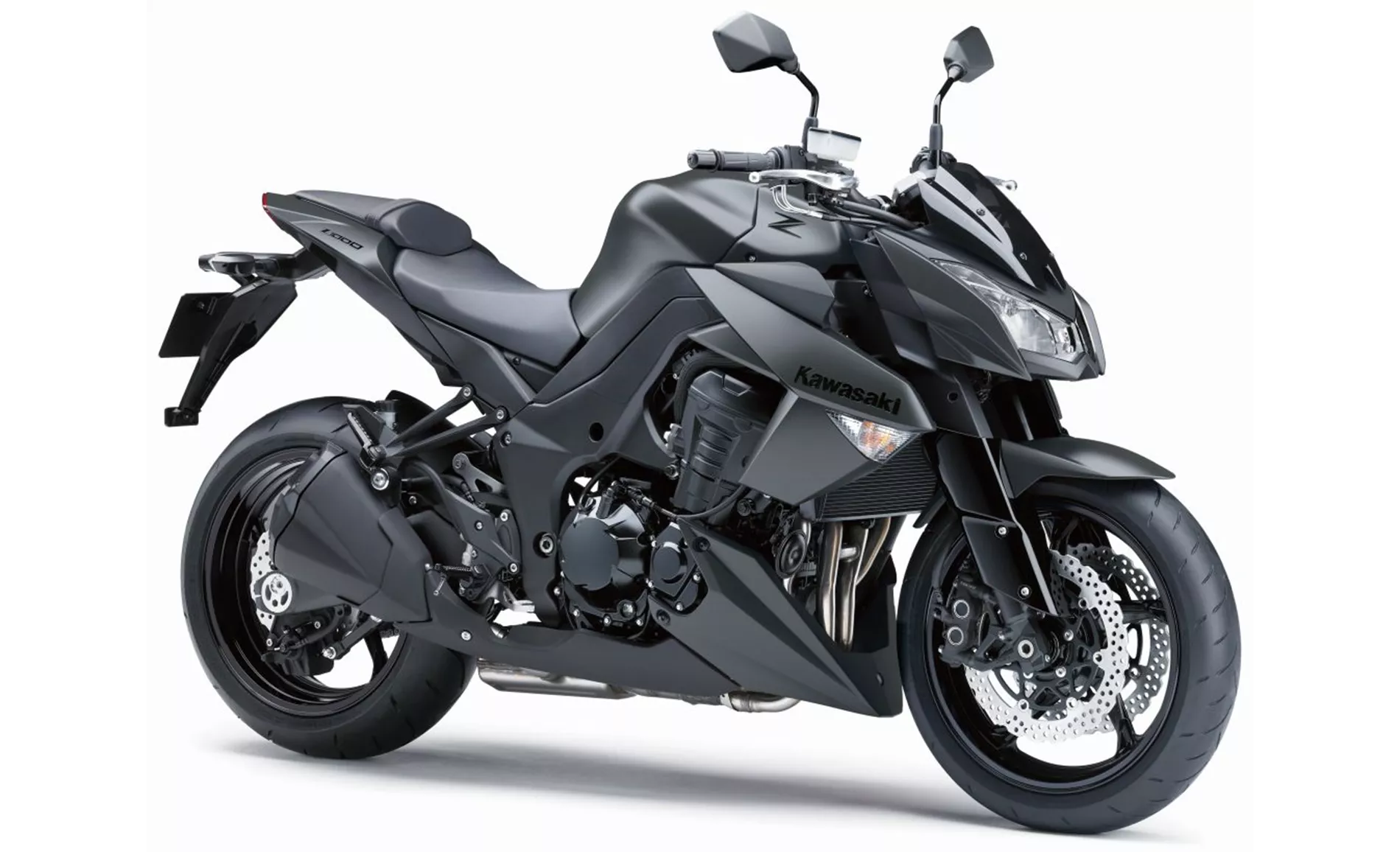
Kawasaki Z1000 2013
However, both bikes have their weaknesses. The Yamaha MT-10 SP 2019 lacks traction control with a gyro sensor, which would be beneficial for serious racetrack use. The shift assistant on the Yamaha MT-10 SP 2019 is also not flawless. Additionally, the Yamaha MT-10 SP 2019 comes with a higher price tag.
The Kawasaki Z1000 2013, on the other hand, lacks traction control and has a slightly nervous chassis.
In summary, the Yamaha MT-10 SP 2019 offers a more powerful engine, better suspension, and a larger fuel tank capacity compared to the Kawasaki Z1000 2013. However, the Kawasaki Z1000 2013 has a unique design and a powerful engine with a rich sound. Both bikes have their strengths and weaknesses, and the choice between them ultimately depends on the rider's preferences and priorities.
Technical Specifications Yamaha MT-10 SP 2019 compared to Kawasaki Z1000 2013
Pros and Cons in comparison
Pros and Cons in comparison
Yamaha MT-10 SP 2019

The Yamaha MT-10 SP inspires with a high degree of perfection combined with a truckload of emotion. Rarely do Japanese manufacturers succeed in penetrating so deeply into the domain of Europeans. The bike rides very nastily when needed, but can also be used quite civilly in city traffic. On top of that, the electronically adjustable Öhlins suspension offers a lot of riding comfort. All in all, an outstanding all-rounder that can do much more than just look bad.
Kawasaki Z1000 2013
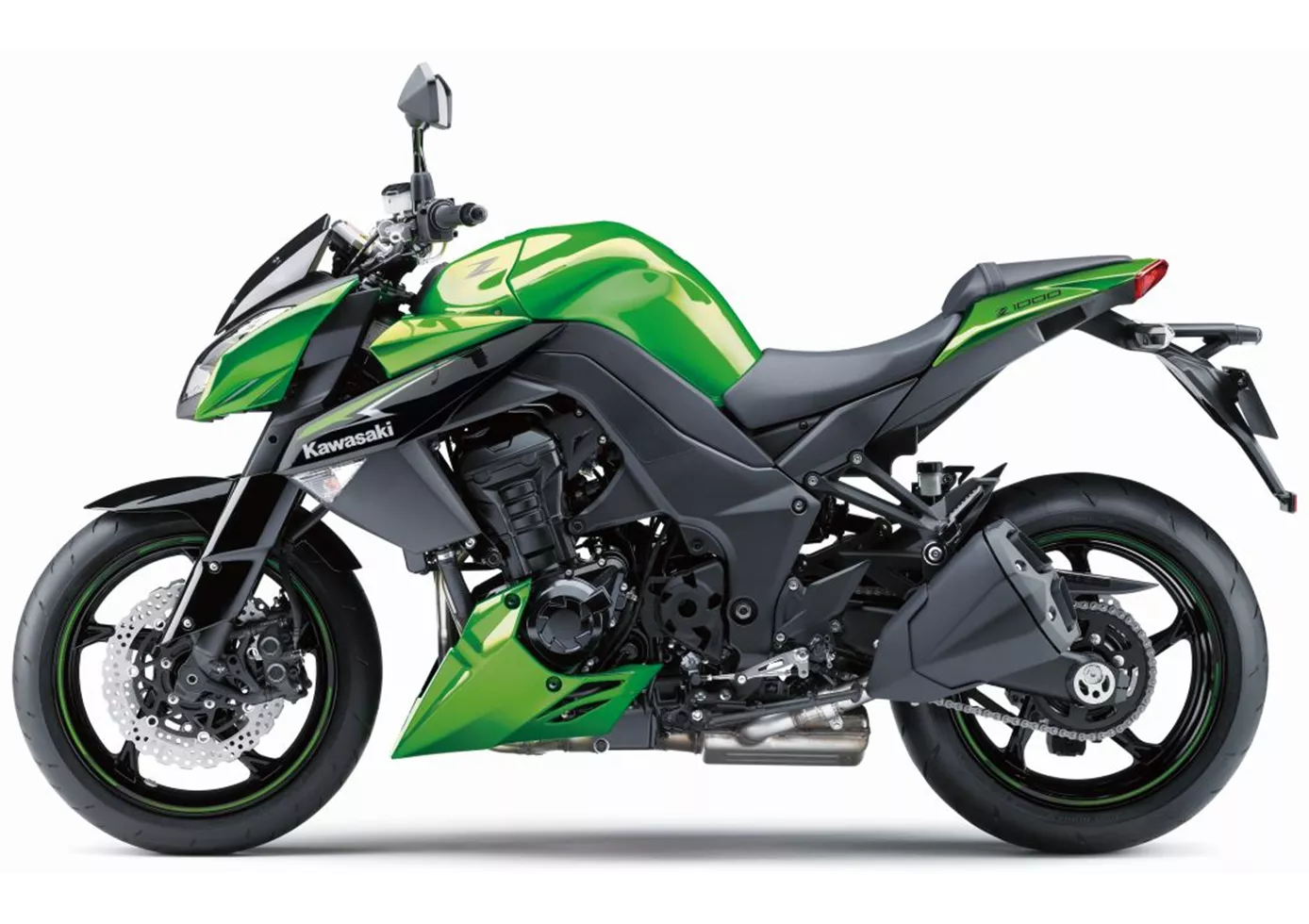
All in all, the new Z1000 is a successful further development of its predecessor. The lack of traction control is more of a marketing problem than a problem for end customers.
Price Comparison Avarage Market Price Yamaha MT-10 SP vs Kawasaki Z1000
There are a few key differences between a Yamaha MT-10 SP 2019 and a Kawasaki Z1000 2013. It takes less time to sell a Kawasaki Z1000 with 69 days compared to 92 days for the Yamaha MT-10 SP. Since model year 2017 1000PS.de editors have written 18 reviews for the Yamaha MT-10 SP and 41 reviews for the Kawasaki Z1000 since model year 2005. The first review for the Yamaha MT-10 SP was published on 04/10/2016 and now has more than 28,600 views. This compares to more than 5,800 views for the first review on Kawasaki Z1000 published on 02/09/2002.

